
Ludwig Josef Johann Wittgenstein was an Austrian philosopher who worked primarily in logic, the philosophy of mathematics, the philosophy of mind, and the philosophy of language.

In Search of Lost Time, first translated into English as Remembrance of Things Past, and sometimes referred to in French as La Recherche, is a novel in seven volumes by French author Marcel Proust. This early 20th-century work is his most prominent, known both for its length and its theme of involuntary memory. The most famous example of this is the "episode of the madeleine", which occurs early in the first volume.

Xanthippe was an ancient Athenian, the wife of Socrates and mother of their three sons: Lamprocles, Sophroniscus, and Menexenus. She was likely much younger than Socrates, perhaps by as much as 40 years.

Slaughterhouse-Five, or, The Children's Crusade: A Duty-Dance with Death is a 1969 semi-autobiographic science fiction-infused anti-war novel by Kurt Vonnegut. It follows the life experiences of Billy Pilgrim, from his early years, to his time as an American soldier and chaplain's assistant during World War II, to the post-war years. Throughout the novel, Billy frequently travels back and forth through time. The protagonist deals with a temporal crisis as a result of his post-war psychological trauma. The text centers on Billy's capture by the German Army and his survival of the Allied firebombing of Dresden as a prisoner of war, an experience that Vonnegut endured as an American serviceman. The work has been called an example of "unmatched moral clarity" and "one of the most enduring anti-war novels of all time".

Joyce Carol Oates is an American writer. Oates published her first book in 1963, and has since published 58 novels, a number of plays and novellas, and many volumes of short stories, poetry, and non-fiction. Her novels Black Water (1992), What I Lived For (1994), and Blonde (2000), and her short story collections The Wheel of Love (1970) and Lovely, Dark, Deep: Stories (2014) were each finalists for the Pulitzer Prize. She has won many awards for her writing, including the National Book Award, for her novel them (1969), two O. Henry Awards, the National Humanities Medal, and the Jerusalem Prize (2019).

A Portrait of the Artist as a Young Man is the first novel of Irish writer James Joyce, published in 1916. A Künstlerroman written in a modernist style, it traces the religious and intellectual awakening of young Stephen Dedalus, Joyce's fictional alter ego, whose surname alludes to Daedalus, Greek mythology's consummate craftsman. Stephen questions and rebels against the Catholic and Irish conventions under which he has grown, culminating in his self-exile from Ireland to Europe. The work uses techniques that Joyce developed more fully in Ulysses (1922) and Finnegans Wake (1939).

The Good Soldier: A Tale of Passion is a 1915 novel by the British writer Ford Madox Ford. It is set just before World War I, and chronicles the tragedy of Edward Ashburnham and his seemingly perfect marriage, along with that of his two American friends. The novel is told using a series of flashbacks in non-chronological order, a literary technique that formed part of Ford's pioneering view of literary impressionism. Ford employs the device of the unreliable narrator to great effect, as the main character gradually reveals a version of events that is quite different from what the introduction leads the reader to believe. The novel was loosely based on two incidents of adultery and on Ford's messy personal life, specifically “the agonies Ford went through with his wife and his mistress in the six preceding years."

Fritz Mauthner was an Austrian philosopher and author of novels, satires, reviews and journalistic works. He was an exponent of philosophical scepticism derived from a critique of human knowledge and of philosophy of language.
"Mary Hamilton", or "The Fower Maries", is a common name for a well-known sixteenth-century ballad from Scotland based on an apparently fictional incident about a lady-in-waiting to a Queen of Scotland. It is Child Ballad 173 and Roud 79.

Wittgenstein's Mistress by David Markson is a highly stylized, experimental novel in the tradition of Samuel Beckett. The novel is mainly a series of statements made in the first person; the protagonist is a woman named Kate who believes herself to be the last human on earth. Though her statements shift quickly from topic to topic, the topics often recur, and often refer to Western cultural icons, ranging from Zeno to Beethoven to Willem de Kooning. Readers familiar with Ludwig Wittgenstein's Tractatus Logico-Philosophicus will recognize stylistic similarities to that work.

"White Nights" is a short story by Fyodor Dostoevsky, originally published in 1848, early in the writer's career.
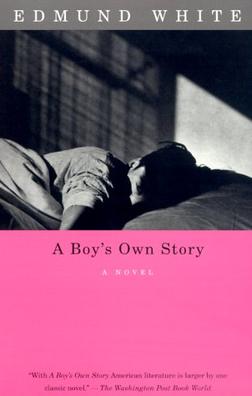
A Boy's Own Story is a 1982 semi-autobiographical novel by Edmund White.

Justine, published in 1957, is the first volume in Lawrence Durrell's literary tetralogy, The Alexandria Quartet. The tetralogy consists of four interlocking novels, each of which recounts various aspects of a complex story of passion and deception from differing points of view. The quartet is set in the Egyptian city of Alexandria in the 1930s and 1940s. The city itself is described by Durrell as becoming as much of a complex character as the human protagonists of the novels. Since first becoming available to the public and reviewers in 1957, Justine has inspired what has been called "an almost religious devotion among readers and critics alike." It was adapted into the film of the same name in 1969.
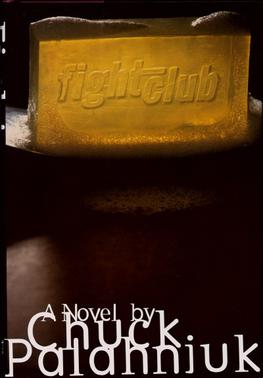
Fight Club is a 1996 novel by Chuck Palahniuk. It follows the experiences of an unnamed protagonist struggling with insomnia. The protagonist finds relief by impersonating a seriously ill person in several support groups, after his doctor remarks that insomnia is not "real suffering" and that he should find out what it is really like to suffer. The protagonist then meets a mysterious man named Tyler Durden and establishes an underground fighting club as radical psychotherapy.
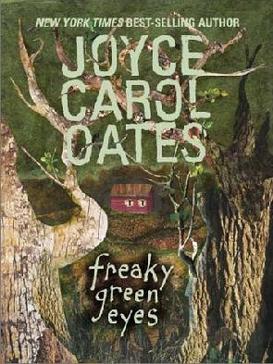
Freaky Green Eyes (2003) is the third young adult fiction novel written by Joyce Carol Oates. The story follows the life of 15-year-old Francesca "Franky" Pierson as she reflects on the events leading to her mother's mysterious disappearance. Through what she calls Freaky's thoughts, Franky accepts the truth about her mother's disappearance and her father's hand in it.

Yorick Smythies was a student and friend of Ludwig Wittgenstein known for his notes of the philosopher's lectures. He was also a friend of, and character inspiration for, the novelist Iris Murdoch.

Gladys Marie Spencer-Churchill, Duchess of Marlborough was a French American aristocrat and socialite. She was the mistress and later the second wife of Charles Spencer-Churchill, 9th Duke of Marlborough.
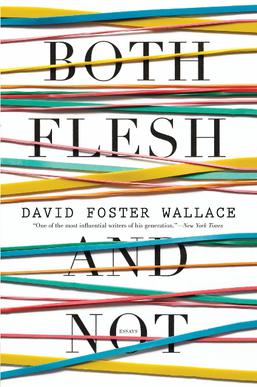
Both Flesh and Not: Essays is a collection of fifteen essays by American author David Foster Wallace published posthumously in 2012. It is Wallace's third essay collection.
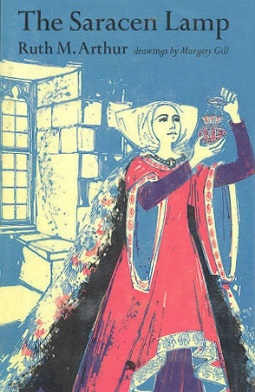
The Saracen Lamp is a 1970 children's book written by Ruth M. Arthur, illustrated by Margery Gill and published by Atheneum Books. The book - set in Gloucestershire, England - explores the effect of a saracen lamp on multiple generations of young women, against a historical backdrop.


















